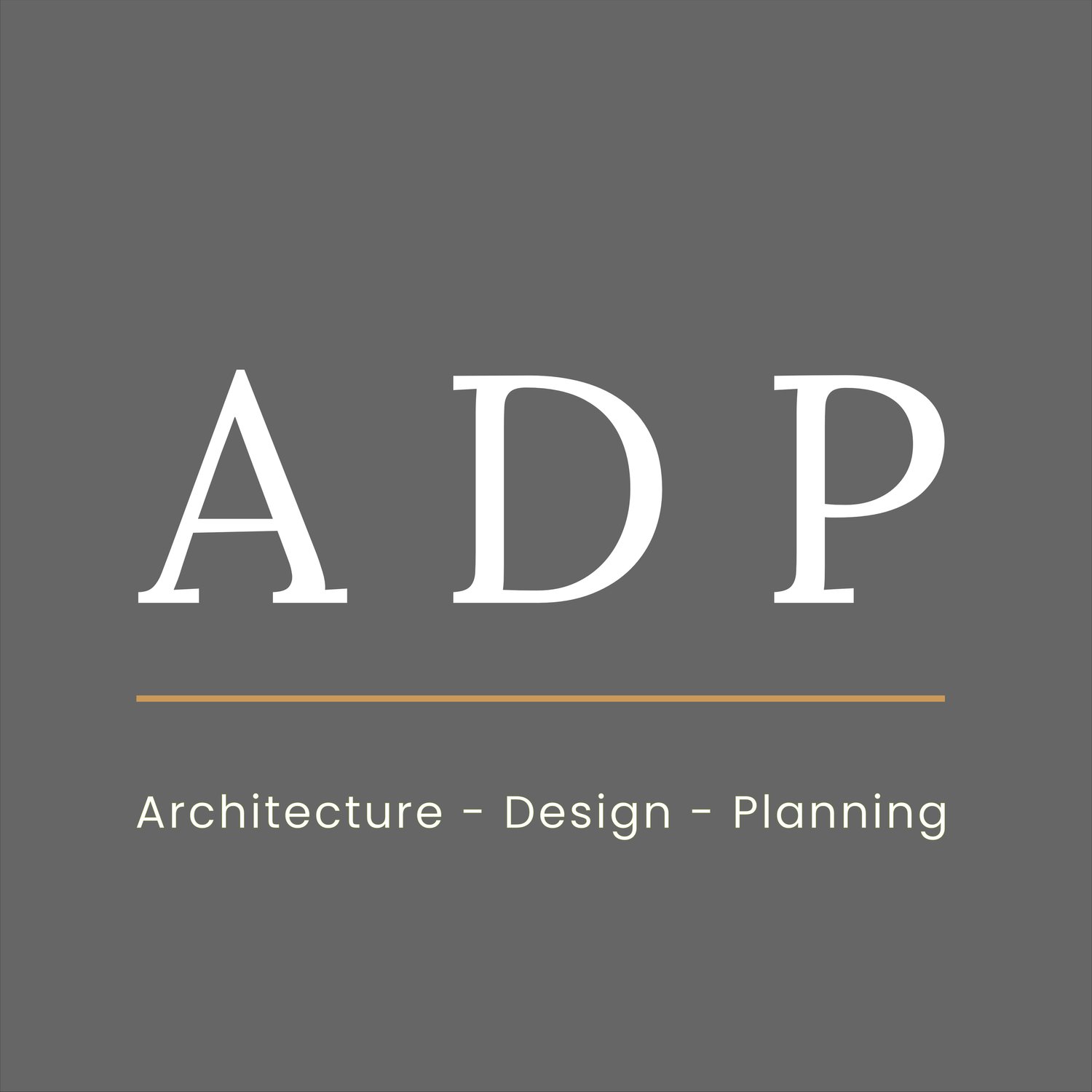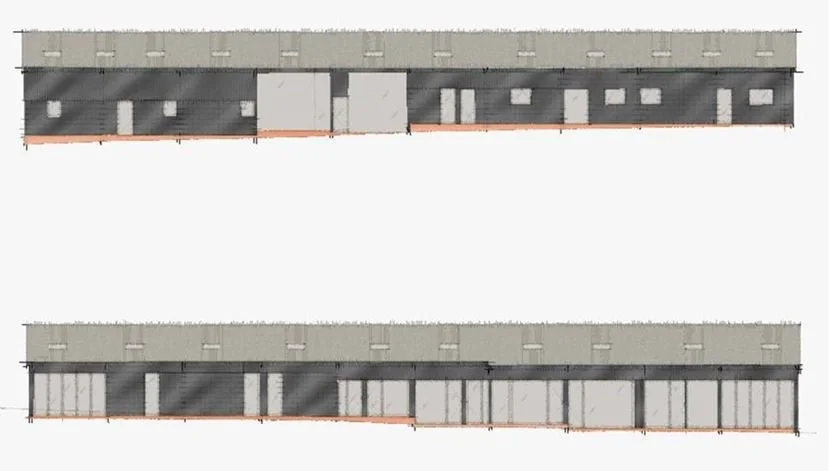What is a Class Q Barn Conversion in Planning? (2024)
Converting agricultural buildings into homes can be a rewarding way to breathe new life into rural structures and help address the housing shortage in rural areas. However, the planning process can be complicated and requires a thorough understanding of the regulations that apply.
Fortunately, Class Q of the General Permitted Development (England) Order 2015 offers a potential and simplified pathway for such residential conversions, but it's important to know the eligibility criteria before applying.
In this blog post, I explore the key eligibility criteria for Class Q, including the agricultural occupancy condition, building design and limitations, planning considerations, and more. By the end of this post, you will have a better understanding of what's required to successfully apply for Class Q and convert an agricultural building into a home.
Table of Contents
The Class Q Process Only Applies to Agricultural Barns
How Many Dwellings can You Create Through Class Q?
What Alterations can you Make to Barn through Class Q?
Is You Barn Structural Sound to Support a Residential Conversion?
What Sites and Locations Are Excluded from Class Q?
Does Class Consider any Planning Matters?
The Class Q Planning Process
The Class Q prior approval process is not informed by planning policies and instead follows the criteria set out within The Town and Country Planning (General Permitted Development) (England) Order 2015 (as amended), Schedule 2, Part 3, Class Q, which considers the change of use of agricultural buildings to residential use.
The Class Q Process Only Applies to Agricultural Barns
The first criteria under Class Q states that development is not permitted by Class Q if the site was not used solely for an agricultural use as part of an established agricultural unit on 20th March 2013, or when in it was last used if before that date. If the agricultural use was brought in to being after 20th March 2013, then it would have been established for at least 10 years.
If the building has been used for any other purpose, for example, as a stables to keep horses, or for storage for anything other than agricultural purposes, then Class Q would not apply and full planning permission would be required.
The building can also not be converted under Class Q if it is occupied under an agricultural tenancy, unless the express consent of both the landlord and the tenant has been obtained.
If development has taken place under ‘Class A(a) or Class B(a) of Part 6 of the General Permitted Development Order’, which relates to agricultural buildings and operations, then 10 years must have passed before the date development under Class Q begins.
How Many Dwellings can You Create Through Class Q?
The Class Q process allows for up to 5 dwellings to be created through conversion, but there are limitations.
Larger dwellings - For Class Q, a larger dwelling is defined as over 100 sqm.
Class Q allows for the creation of up to 3 no. separate larger dwellings provided that the cumulative floor space of the existing building or buildings changing use to a larger dwellinghouse does not exceed 465 square metres.
Smaller dwellings - For Class Q, a small dwelling is defined as 100 sqm of smaller.
Class Q allows up to 5 no. smaller dwellings, each with a floor area up to 100 sqm.
A Mix of Small and Larger dwellings - The maximum of floorspace that could be converted under Class Q is 865 sqm, if the proposal comprised 1 no. larger dwelling at 465 sqm and 4 no. smaller dwellings of 100 square metres. There are lots of dwelling mix variations below this threshold.
What Alterations can you Make to a Barn through Class Q?
There are a number of design limitations under Class Q, for example:
External dimensions - The development must not result in the external dimensions of the building extending beyond the external dimensions of the existing building at any given point. This is absolute, so for example, new cladding added to existing blockwork would not be allowed under Class Q as this could extend the external dimensions.
Building operations - Under Class Q, building operations are limited to the the installation or replacement of windows, doors, roofs, or exterior walls, or the introduction of water, drainage, electricity, gas or other services, that are reasonably necessary for the building to function as a dwellinghouse.
Demolition - Some partial demolition is allowable but only to the extent reasonably necessary to carry out building operations allowed above.
Is Your Agricultural Barn Capable of Residential Conversion?
It is important note that Class Q assumes that the agricultural building is capable of functioning as a dwelling.
Class Q only allows the building conversions, so any building operations that extend beyond this e.g. structural works, are not allowed.
Therefore it is only where the existing building is already suitable for conversion to residential use that the building would be considered to have the permitted development right.
Depending on the agricultural building in question, it often important for Class Q applications to be accompanied by a structural survey. The detail required for this survey will vary between each local planning authority area. Some councils require structural calculations, whilst others are happy with just a suitably qualified professional opinion.
What Sites and Locations Are Excluded from Class Q?
There are a number of designated areas where a Class Q application cannot be applied to barn buildings. These designated areas where Class Q is excluded include:
Article 2(3) land, which means Conservations Areas, Areas of Outstanding Natural Beauty (AONB), World Heritage Sites or National Parks.
A site of special scientific interest.
A safety hazard area.
A military explosives storage area.
A site that is, or contains, a scheduled monument.
A building that is listed.
Does Class Q Consider any Planning Matters?
Where the development proposed under Class Q has been found to be acceptable using the criteria mentioned above, there are a number of planning issues that will need to be resolved and require assessment by the local planning authority. These planning matters include:
Transport and highways impacts of the development. There will be various highway matters to consider, but the common issues to consider here include access on to the public highway, and the ability of larger vehicles such as refuse and fire tenders to access and leave the site.
Noise impacts of the development, for example, if intensive agricultural activities are still being carried out around the proposed new dwelling.
Contamination risks on the site. Given the former agricultural use, there are often contamination risks on site that need to be explored, and potential mitigation measures assessed.
Flooding risks on the site to ensure tht future residents are safe from flooding.
Location. To judge whether the location or siting of the building makes it otherwise impractical or undesirable for the building to change from agricultural use to a residential use. The permitted development right does not apply a test in relation to sustainability of location. This criteria instead looks at the practicality of the site, for example, the ability to install utilities, or proximity to neighbouring uses, such as intensive pig farming and associated odours.
Are there any other Design Considerations?
There are a few specific design considerations to be mindful of, including:
The design or external appearance of the building. Any design changes should be minimal and in keeping with the rural area. Any proposed changes beyond this would most likely require a full permission, and should be sought following approval of the Class Q application.
Each habitable room in the proposed dwelling(s) will need to have adequate natural light.
Each dwelling proposed will need to comply with the internal space standards set out in the Nationally Described Space Standards.
Other Relevant Class Q Considerations
Residential Curtilage - The proposed ‘Residential Curtilage’ should be no greater than the footprint of the existing building being converted. ‘Curtilage’ for the purposes of Class Q means:
“the piece of land, whether enclosed or unenclosed, immediately beside or around the agricultural building, closely associated with and serving the purposes of the agricultural building, or, (b) an area of land immediately beside or around the agricultural building no larger than the land area occupied by the agricultural building, whichever is the lesser;”
Habitats Regulations - Local Planning Authorities have a duty under the Habitats Regulations to ensure that planning decisions comply with Habitat Regulations. If the proposal site falls within a 'zone of influence' identified by Natural England, mitigation measures may be required, for example a planning contribution.
Contact A D P
A D P have worked on the conversion of several rural buildings, through the Class Q process and where required via a formal planning application. For more general information about when planning permission is required for a barn conversion, please read here, and for case studies of work in the rural area, please read here and specific barn conversion approvals, read here.
If you have a barn conversion Class Q project and require planning assistance, please contact us at mail@adplt.co.uk, or use the form below:





